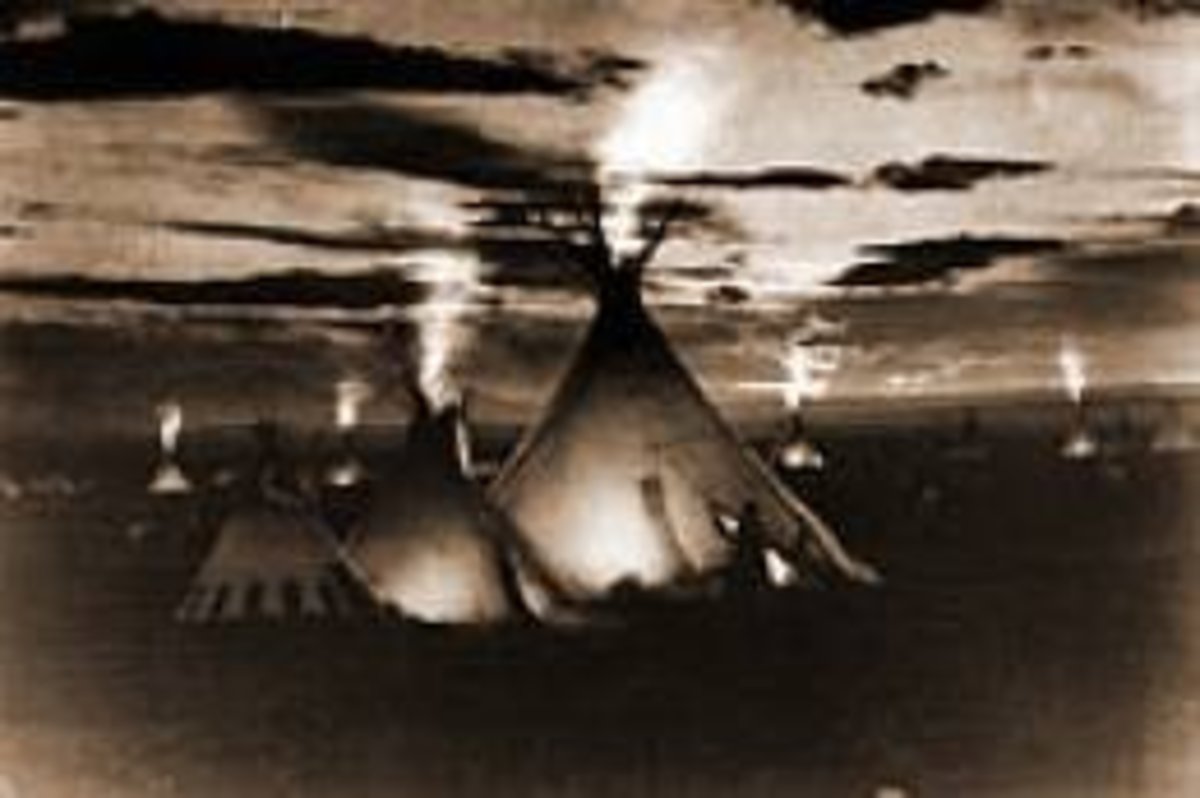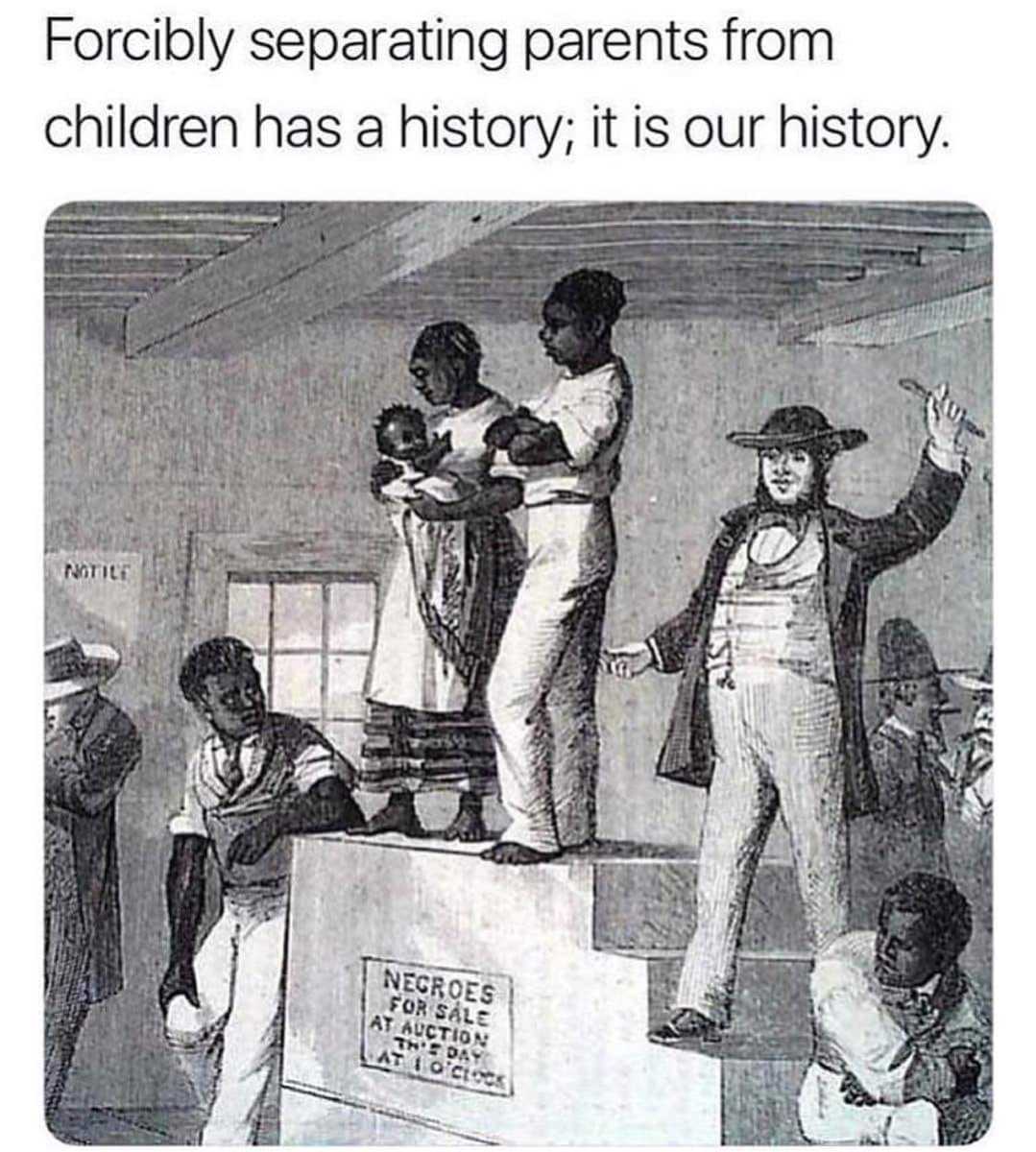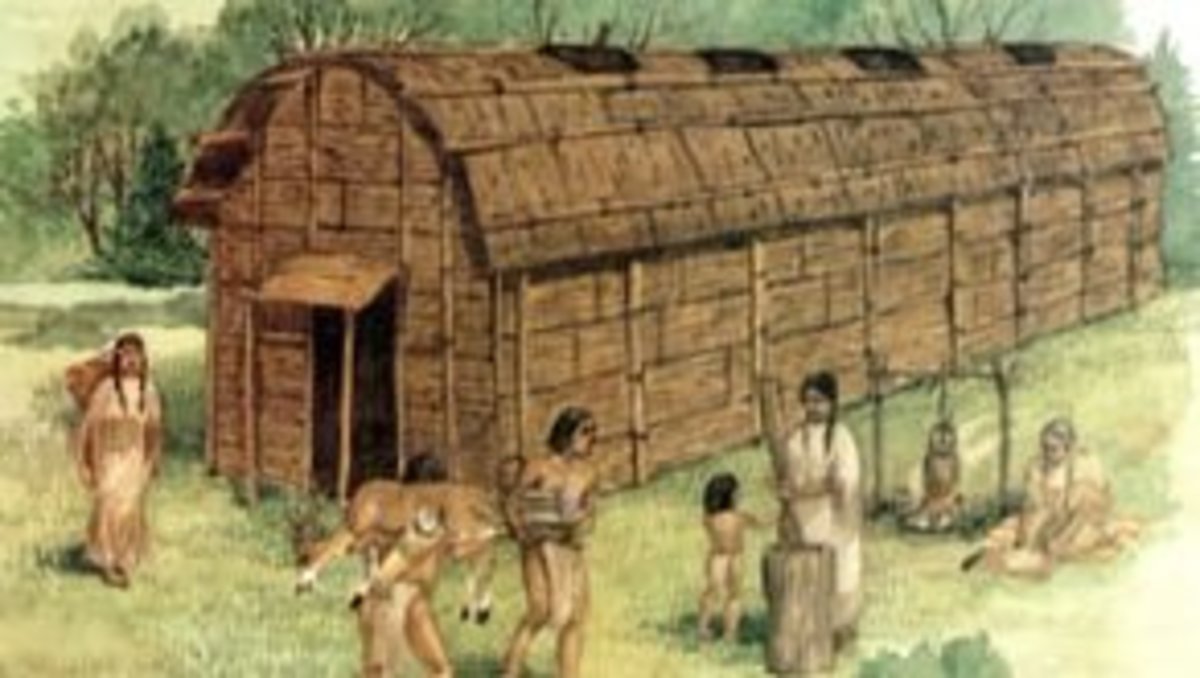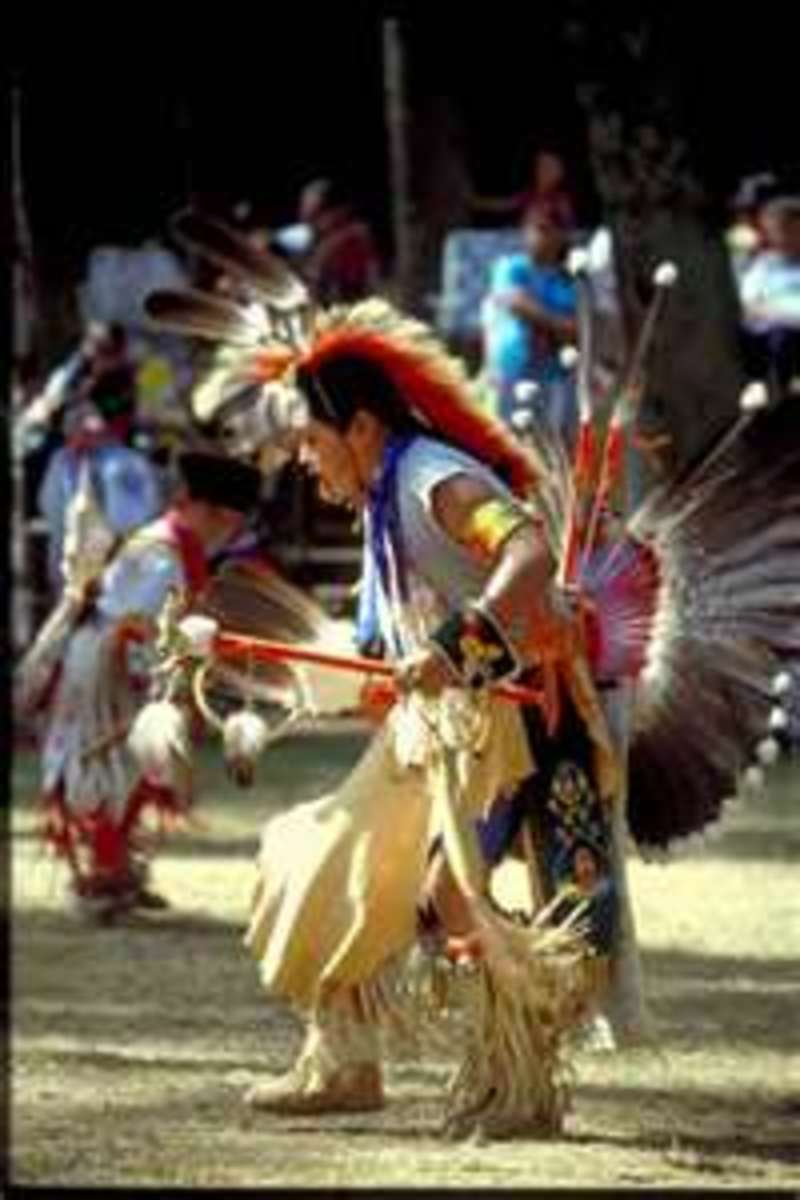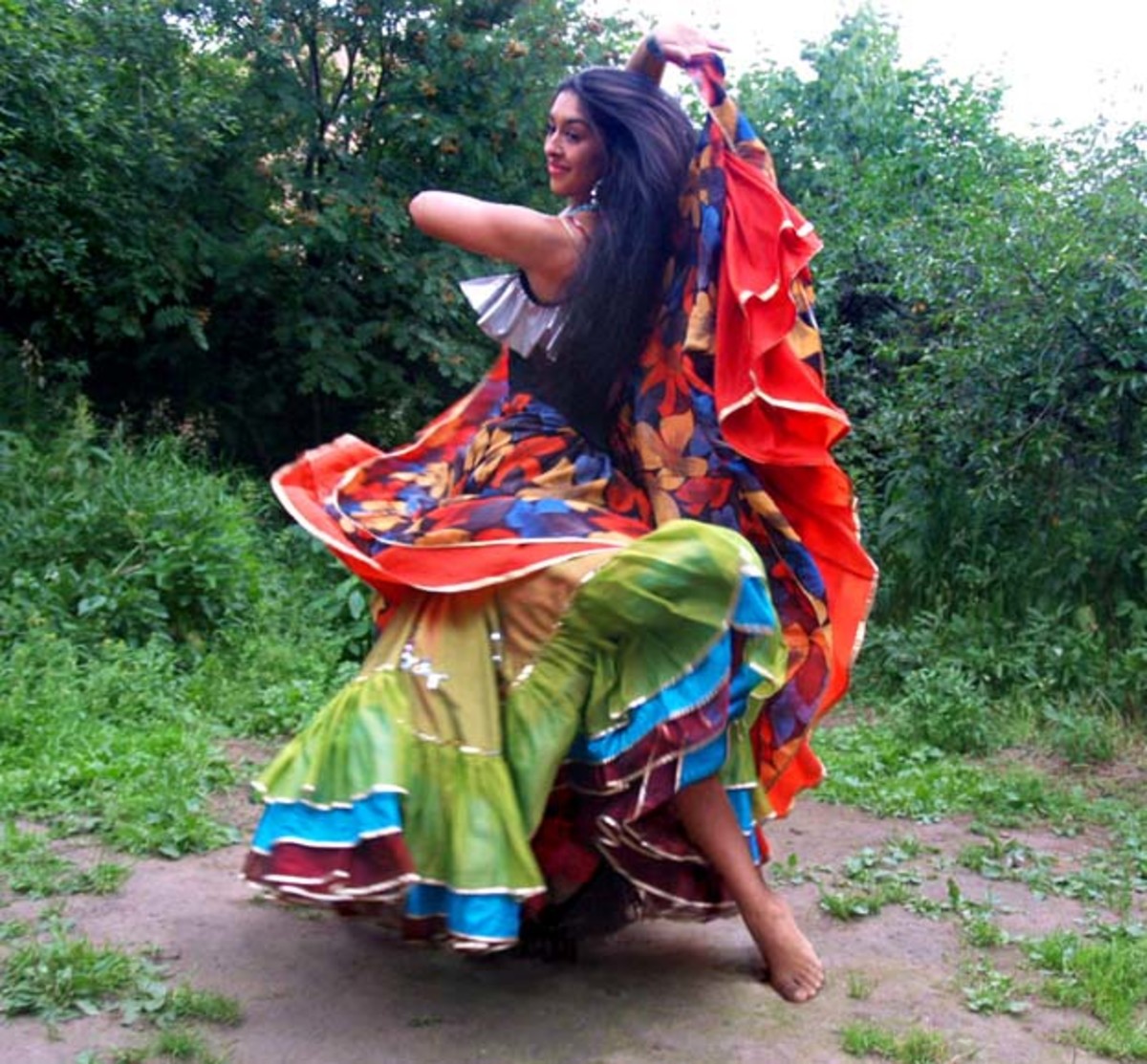Living in the Tradition of the Iroquois: A Cultural Analysis
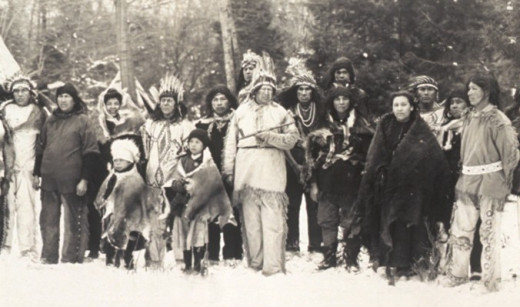
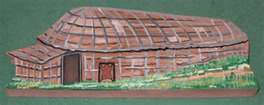
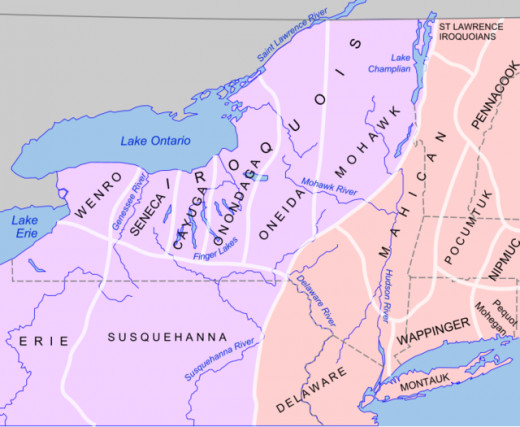
Check Out These and Other Great Titles
By Myranda Grecinger
The Iroquois Native American group also known as the people of the long house or Haudenosaunee, are mostly located in the Northern United States and Canada with earliest artifacts having been dated as much as nearly ten thousand years old. Continuous war and conflict spurred the formation of the Iroquois Confederacy sometime between 1400 A.D. and 1600 A.D. The Iroquois are actually made up of several combined tribes who share a common culture with some pretty interesting practices. The people of this culture traditionally followed matrilineal decent lines, had organized political structures, allowed women to hold positions of power, were hunter gatherers and eventually formed a powerful alliance; their communities in many ways form a positive example for the rest of the world and certainly a tough act to follow.
There were originally five nations that came together around the around the beginning of the sixteenth century with a sixth being added in the early eighteenth century though the nations’ individual histories date back much further. Archeological evidence points to an Iroquois influence in modern day upstate New York as early as 1000 A.D., they are believed to have migrated from that area in search of food around 1200 A.D. The five nations of the Iroquois are the Mohawks, Oneidas, Onondagas, Cayugas, and Senecas with the later added sixth nation being the Tuscaroras. The evolution of the group from several individual hunter/gatherer tribes to a single horticulture based league working together for the betterment of their people is nothing short of impressive, but it minimal in comparison to their social structure.
The Iroquois follow matrilineal dissention among households and clans, meaning they trace their lineage back through the female lines and pinpoint one woman as the origin of each clan and household. Though today the long house is used mostly for ceremonial purposes, at one time it was the central point of their society. The women in each household owned and maintained a piece of land on which their long house was built. They long house could be
anywhere between twenty-five and four hundred feet long, though they were typically around two hundred with several families and generations living in each one. The children born into these homes always belonged to their mother’s household and every member held a place of importance and was responsible for completing particular tasks with women being held in the highest regard.
While women could not hold positions of political importance themselves they did have a great deal of power and political sway over nearly every aspect of day to day life and decision making for the group. Women typically controlled the food and land and were therefor able to use this to their advantage to alter decisions on things like war and raids, political office appointments and more. Though men held the office it was women’s responsibility to choose the men who would hold such offices thereby giving them more power over the on goings of the community as a whole, this did not by any means however excuse men or children from responsibility.
Every member of an Iroquois village was extremely important to its survival, though women held a great deal of power, men were no exception. Men were expected to help care for their mother and sisters’ children as well as hunt, clear land for farming, hold office, and they were warriors. Men’s work often kept them away from home for extended periods of time making the practice of matrilineal decent and long houses not only a more feasible solution, but a necessary and far more productive, beneficial and favored one. Children’s responsibility up to a certain age was mostly to learn. Children were taught based on their talents, if a child had a good memory he or she may be taught the tribes oral history, if they were good with smaller children or enjoyed one of the camps center fires their education may focus more on raising children and cooking. The main purpose of a child’s education was to prepare them to continue the traditions
of the tribe, to ensure the survival of the community and to raise families of their own. Everyone had a job and the education of the children within each community ensured the continuation of this tradition.
Unlike the claim to fame of some other tribes such as the Inuit tribes native to Alaska, the Iroquois nations were not known for being peaceful early on, instead, their history is wrought with war and conflict, sometimes even against each other, that is until the formation of the league. Early in Iroquoian history there were intense battles between the Cherokees and the Iroquois. There were wars even in the fifteen hundreds waged by a band of Hurons against the Iroquois. There were many battles fought by the Iroquois against the French and Dutch. Wars were fought over land, goods, women and plain and simple tribal rivalry. Through the strength of the Iroquois Confederacy the group of Native American Nations successfully created several treaties and were able to curb the violence, unfortunately, the peace would not last. During the American Civil War conflicts arose within Iroquois communities, going as far as to pit family members against one another, severely damaging family ties and Iroquoian culture of the time, as though that were not enough, in the late seventeen hundreds, United States Major General Sullivan led a full on attack against the Iroquois, damaging their lands, destroying their food sources and depleting their hope. The Iroquois themselves did survive but their standing had weakened and their culture would never be the same. Treaties with the American government in which the Iroquois nations promised not to disturb the lands which were once theirs would later leave little hope that their early glory days would ever be relived but the goal of peace was achieved none the less.
The ancient subsistence mode of Iroquois nations was typically hunting and gathering. Their method of obtaining food became horticulture as the Iroquois Nations settled into a more permanent location. Of course far more intriguing are the apparent dining habits that entail things seemingly far more sinister than wild game, cannibalism, it seems at least for some of these nations was not beyond the realm of possibility. Modern archeological evidence suggests that the enemies of the Iroquois after being captured were often forced into torturous conditions and eventually consumed in retaliation for their crimes. While this is in no way part of their typical diet, it is and interesting fact regarding the dining habits of these nations. More typical was the family raised garden of corn and squash, fish and the wild game brought home from the hunt.
Today the Iroquoian long house exists only for ceremonial and meeting purposes. While some families continue to dwell in the same household it is no longer a major component of their culture. As with other Native American Nations the Iroquois have mostly assimilated into modern culture, their traditional culture, and ways of life, their religion which is mostly based on the teachings of a man called Handsome Lake and their language are all under threat of becoming lost in the mix of the modern world. The Great Iroquois counsel which governed the Confederacy continues to meet, however its’ power has all but faded from view as the nation typically tend to tribal issues on their own without the guidance of the council. While some continue to enjoy their cultures traditional style of dress and reside on their nation’s land, the majorities of Iroquoian people live in urban settings and dress in modern day average American clothing, which in and of itself could easily lead one to believe that European American culture has heavily influenced and even choked out the Iroquois, but that would be far from the truth quite the reverse in fact.
There are many indications of the Iroquoian influence over the United States and its citizens throughout the nation’s history that can only be overlooked by pure and simple denial. The Iroquois Native American groups traditionally governed themselves through a series of political groups with checks and balances that largely resembles a modern day democracy. This form of government began to be used by their people centuries before the American Revolution was even conceived meaning there is more than a small chance that their government was a strong influence on the formation of the United States. Even the term “united states” implies that the countries government was formed as a way to consolidate the governing of several communities and strengthen them in the process as was the Iroquoian government. Another important part of American History that can be attributed to the Iroquois, the Women’s rights movements. Early American women sought freedom and empowerment. They wanted the right to weigh in on important decision and be elevated to a respectable status, their Native American neighbors the Iroquois offered these things to its women and had done so since its time of origin. The Iroquois Nations have clearly had an intensive impact on the history of the U.S.
Today the Haudenosaunee face as many challenges as in the days of old though for different purposes and handled by far different solutions. Cultural threats are among the biggest of threats to their communities. Multicultural blending can be a very positive thing and is at times imperative to the survival of any group, but it is not by any means without consequence. The blend of one culture to another often results in the loss of some traditions or other parts of culture and the gain of others, too much of this can lead to the threat of cultural and historical loss. The Iroquois are embracing modernization, new technologies and change brought on by multicultural blending while continuing to come up with new ways to ensure the survival and revival of their traditional culture. Children in Iroquoian communities today can expect to experience a blend of modern American education and their cultures traditional education that entails learning cooking and cleaning skills, oral histories and songs as well as survival lessons. Their culture has truly begun to do better than adapt, giving them exposure to the traditional ways of their people as well as modern day living. The conflicts do not end there though, the battles of prejudice and misconception continue as well as civil battles with the U.S. government over lands and rights. Efforts continue in Iroquois communities with programs such as language groups to keep the culture alive while still allowing it to evolve and also programs that encourage exposure to other cultures. There are many programs aimed at the general American public to aid cultural awareness and combat misconceptions and preconceived notions and much progress continues to be made in court on behalf of the Iroquois Nations. Their culture has survived many changes and many centuries and evolved when necessary to ensure its own survival, it is clear; though recent centuries have been complicated they are certainly nowhere near giving up now.
The People of the long house have made a strong and clear impact on the lives of every American whether they realize it or not. Though their past was riddled with war and their present and future with conflict and complication there is little to no chance of their amazing culture fading to extinction anytime soon. The government and social structure of the traditional Iroquois continue to be a positive example to the rest of the world. While not all of the characteristics or behaviors of the culture were particularly desirable even those that were not were more than exceptionally intriguing and certainly deserving of attention. These tribes all shared many common beliefs and practices and could see the similarities between them despite their differences, perhaps it is time for other nations to follow their lead, after all, any nation who sees the value in women to the extent that the Iroquois showed certainly has some valuable aspects to share with all of humane kind.
References
1. Abler, Thomas S. (Autumn, 1980) Iroquois Cannibalism: Fact Not Fiction, Ethnohistory, Vol. 27, No. 4, Special Iroquois Issue, pp. 309-316Published by: Duke University Press http://www.jstor.org/stable/481728
2. Engelbrecht , William (Jun., 1974), The Iroquois: Archaeological Patterning on the Tribal Level World Archaeology, Vol. 6, No. 1, Political Systems, pp. 52-65 http://www.jstor.org/stable/124178
3. Ewers, John C. (Spring, 1963) Iroquois Indians in the Far West, Montana: The Magazine of Western History, Vol. 13, No. 2, pp. 2-10Published by: Montana Historical Society http://www.jstor.org/stable/4516693
4. George-Kanentiio, D. (2010). Peace Practices among the Iroquois. Religion East & West, (10), 121-128.
5. Iroquois Indian Museum (2011)
6. Keener , Craig S. (Autumn, 1999), An Ethnohistorical Analysis of Iroquois Assault Tactics Used against Fortified Settlements of the Northeast in the Seventeenth Century Ethnohistory Vol. 46, No. 4, Warfare and Violence in Ethnohistorical Perspective pp. 777-807 http://www.jstor.org/stable/483018
7. Tooker, Elisabeth (Feb., 1970), Northern Iroquoian Sociopolitical Organization American Anthropologist New Series, Vol. 72, No. 1 pp. 90-97


